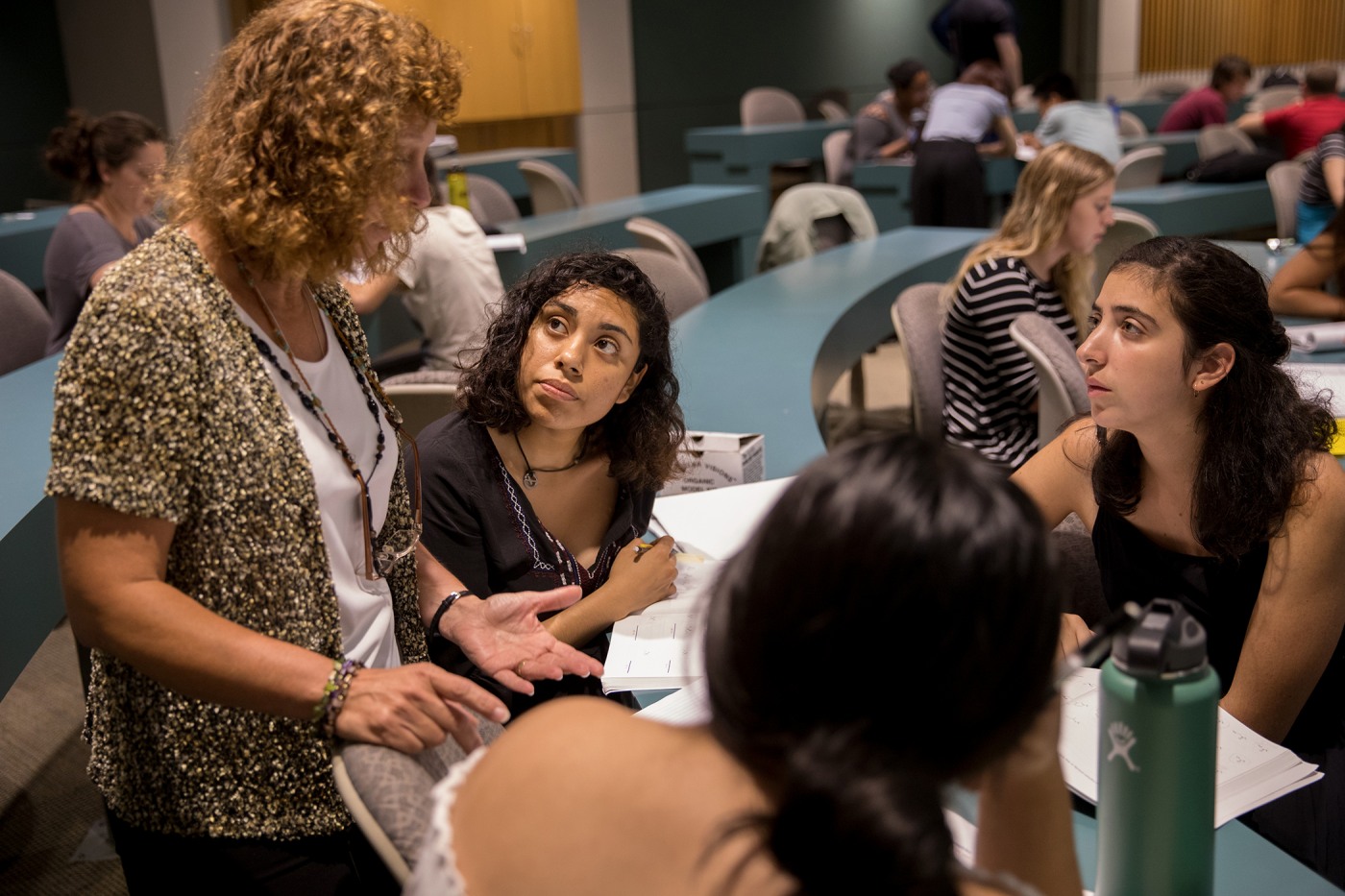 The online environment offers multiple ways to evaluate student learning. By using the right digital resources and tools, you will save time and provide students with the information they need to succeed.
The online environment offers multiple ways to evaluate student learning. By using the right digital resources and tools, you will save time and provide students with the information they need to succeed.
Get Started
To start, consider how students will engage with the content in your course. What do you want them to be able to do by the end of the course, and how will they demonstrate it? The answers to these questions will determine your learning objectives and course assignments. Assignments should assess learning and performance, and give students key information to improve in these areas.
We encourage you to consider these questions before designing assignments:
- What assignments will help students work towards the learning objectives?
- How much time should students spend on the assignment? When will it be due? How does it fit in with the week/module?
- How will my feedback impact student learning?
- What does success look like? What are the criteria and expectations? Do I have examples to show students? Do students have the skills and tools they need to be successful?
- Are there different ways students can demonstrate learning?
So, What Makes for Good Assignment Design?
Once your learning objectives and teaching strategy are clear, you are ready to design the assignments for your course. We’ve put together a list of assignment types and design considerations.